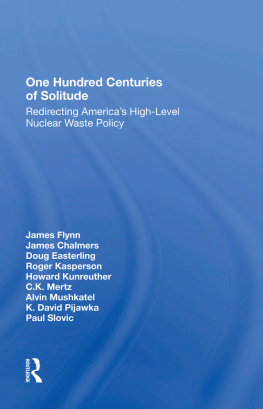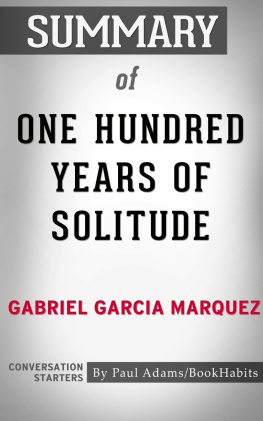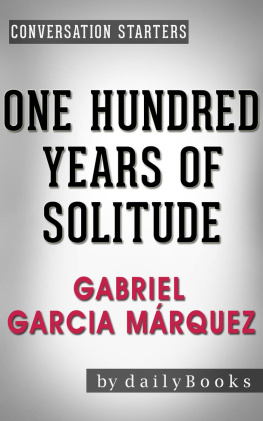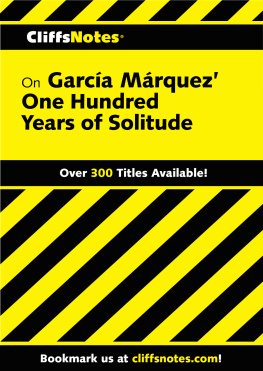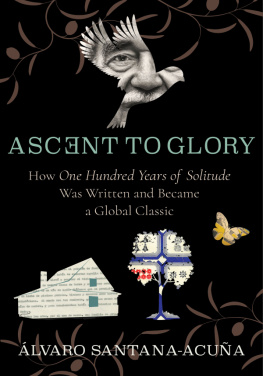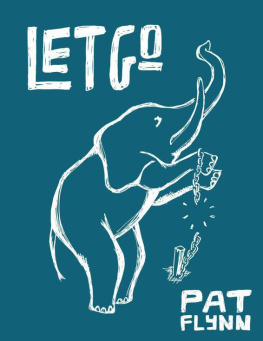One Hundred Centuries of Solitude
One Hundred Centuries of Solitude
Redirecting America's High-Level Nuclear Waste Policy
James Flynn, James Chalmers, Doug Easterling, Roger Kasperson, Howard Kunreuther, C.K. Mertz, Alvin Mushkatel, K. David Pijawka, and Paul Slovic
with Lydia Dotto, Science Writer
First published 1995 by Westview Press
Published 2019 by Routledge
52 Vanderbilt Avenue, New York, NY 10017
2 Park Square, Milton Park, Abingdon, Oxon OX14 4RN
Routledge is an imprint of the Taylor & Francis Group, an informa business
Copyright 1995 by Taylor & Francis
All rights reserved. No part of this book may be reprinted or reproduced or utilised in any form or by any electronic, mechanical, or other means, now known or hereafter invented, including photocopying and recording, or in any information storage or retrieval system, without permission in writing from the publishers.
Notice:
Product or corporate names may be trademarks or registered trademarks, and are used only for identification and explanation without intent to infringe.
A CIP catalog record for this book is available from the Library of Congress.
ISBN 13: 978-0-367-28190-8 (hbk)
To Gilbert White with respect, affection, and gratitude
Time is both the ally of high-level nuclear waste (HLNW) managers and the enemy. It is the ally because the radioactivity in elements and isotopes decreases with age, making the waste progressively less dangerous to human health and safety and the environment. This rate of radioactive decline varies, in some cases diminishing by half (the half life) in seconds, minutes, hours, days, weeks, months, or years. In other cases the decay process takes centuries or hundreds of thousands of years before the wastes are safe for human contact. The problem as now conceptualized for HLNW managers is simple to state if not easy to achieve. The HLNW needs to be secured in some fashion until it decays, by virtue of its physical nature, to safe levels. Another possible future solution, not currently available, might be to change the fracture of HLNW through high-technology processing and thus decompose the waste into units with different and less lengthy radioactivity. Learning whether this processing is a future option will require patience and generous amounts of time for research.
Time is also the great enemy because it introduces tremendous uncertainties and the possibility of almost infinite variations and combinations for future events. While the past is certainalthough it may be mysterious because we do not know all that has happenedthe future is a storehouse of surprises and revelations. The further we attempt to peer into the future, the less distinct our sense of possibilities becomes. Uncertainty crowds out thoughts, like the terrible deity Cronus of Greek mythology, ready to devour the birth of rationality.
The political process for dealing with the problem of HLNW ultimately resulted in congressional enactment of the Nuclear Waste Policy Act (NWPA) in 1982. Congress decided that HLNW should be stored in a geologic repository deep underground. The regulatory process mandated by NWPA also established a performance standard for the permanent repository. It should securely store spent fuel rods from nuclear power reactors and certain wastes from the federal nuclear weapons complex for 10,000 years. In other words, the repository should impose on the wastes 100 centuries of solitude.
The trick (or perhaps we should say the task) is to find some way to store these wastes and to be assured that they can be sequestered for 10,000 years. The responsibility for developing the repository was assigned by Congress to the Department of Energy (DOE). DOE's ideas of what they were to do, who they were to convince, and what evidence would be needed for what issues and concerns is one major subject of this book. After more than a decade and numerous large and small restructurings of the program, the goal of providing a repository for HLNW is as far away as ever. Despite the Congress' 1987 selection of Yucca Mountain, Nevada, as the nation's only site to be studied as a repository location, much doubt remains. The Yucca Mountain project teeters along, constantly on the verge of collapse. There is a very significant possibility that the site will not meet the technical, scientific, and public acceptance standards needed for success.
Based on research conducted since 1986, this book describes basic issues and concerns that beset the Yucca Mountain project, explaining the nature of the problems and reviewing how other countries have approached HLNW issues. We recommend, in , a new approach to public policy for HLNW management. This approach would require a major change in how HLNW facilities are evaluated; it would raise the essential social, cultural, psychological, and political issues to parity with technical issues; and it would address the basic issues of developing a decision process that achieves public acceptance and support for HLNW outcomes. In short, this new approach would address a set of legitimate issues in HLNW management that have not been adequately dealt with in past programs. This limitation of past efforts accounts for the repeated failures to solve the HLNW problem.
The title of this book is adapted from the novel One Hundred Years of Solitude by Gabriel Garcia Marquez. His work of fiction presents a somewhat strange world in which the events of nature and the actions of people are overwhelmed with surprises and sometimes amazing outcomes. The village of Macondo, for example, disintegrates under a steady rain that starts suddenly and lasts for 4 years and 11 months. Then one June morning it begins to clear, and it does not rain again for 10 years. In the 100 years of Marquez's story, very little happens in nature or in human experience as it should, that is, as people intended and expected. How much more uncertain we are in facing the prospect of 100 centuries, even if our gaze is focused only on a mountainous block of rock in the Nevada desert.
James Flynn
Eugene, Oregon
The Yucca Mountain study team members who participated in writing this book have worked together for more than 8 years. The study team has produced well over 300 reports, presentations, articles, books, and chapters in books. I would like to record here my deep appreciation for the privilege of working with these researchers, including those study team members who did not participate in the drafting of this policy-oriented book, but whose more general contributions, I hope, are adequately represented. In particular I would like to recognize George Blank enship and Jim Williams of Planning Information Corporation, Denver, Colorado; Dr. Catherine Fowler, Department of Anthropology, University of Nevada, Reno; and Drs. Richard Krannich and Ronald Little, Department of Sociology, Utah State University.
The study team was fortunate to obtain the services of science writer Lydia Dotto of Peterborough, Ontario, Canada. We appreciate her completing a difficult task with great skill and with an admirable good nature throughout.
We would also like to thank Mr. Joseph Strolin, our project director, for his long-term support. Mr. Strolin's participation with the study team work over the years has been substantive as well as administrative, and he should be recognized for his important contribution to the many social science achievements the study team has made. We also would like to record our thanks to Mr. Robert Loux, Nevada Nuclear Waste Project Office (NWPO) executive director, Harry Swainston, Nevada deputy attorney general, and Steve Frishman and Bob Halstead who are associated with NWPO.


